Covid Vaccine Canvas
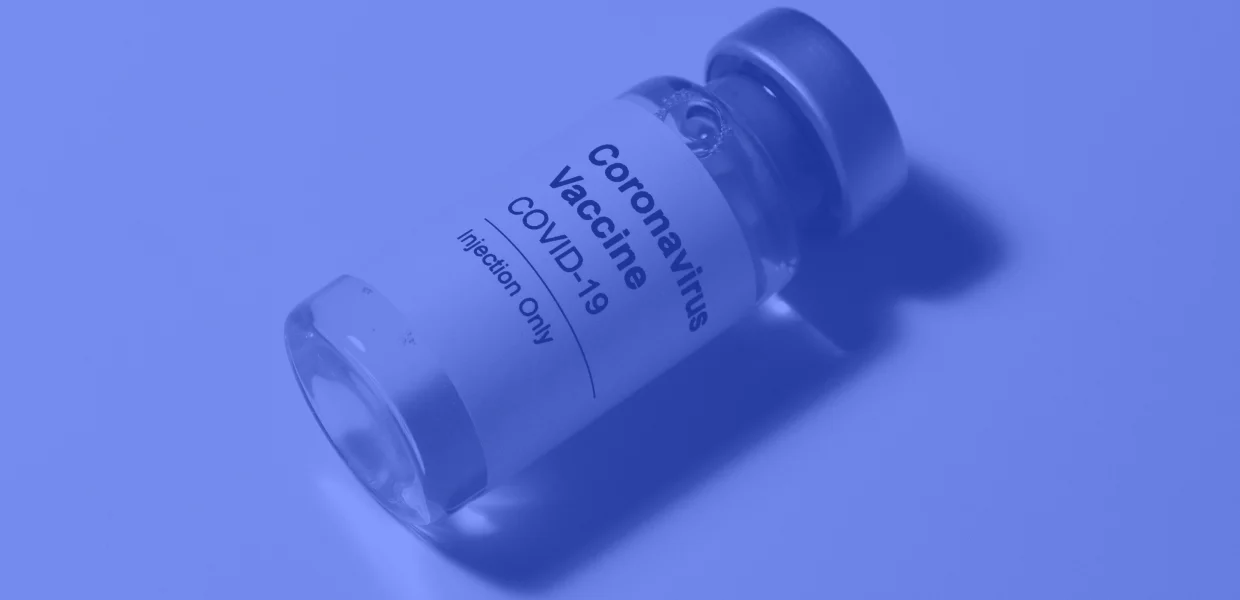
What are Americans’ attitudes toward the Covid-19 vaccines? We surveyed over five thousand Americans about the new vaccines, measuring their likelihood to get one, their trust in them, their timeline for a return to pre-pandemic activities, and more. The results show that Americans are evenly divided in their feelings towards the new vaccines.
Highlights
- We used the Realtime Research survey unit to ask Americans about their trust in the new Covid-19 vaccines and what their likelihood is of getting one.
- Our first survey showed respondents were more trustworthy of the vaccines and are more likely to take one than not while our second survey showed a decrease in sentiment towards the vaccines.
- In December we show that most respondents say they will return to pre-pandemic activities only once officials say it is safe, but in January we showed that most people don’t know if they are eligible for the vaccine or how to get it.
- White respondents and those over the age of 55 find the vaccine more trustworthy and say they are more likely to take it than other demographic groups
Introduction
From December 4th to December 14th, we used a Realtime Research survey to canvas Americans about their intentions to take a Covid-19 vaccine, their trust in the vaccines, when they expect to return to pre-pandemic activity, their opinions on a vaccination requirement for students, and their likelihood of wearing a mask post-vaccination. We also collected demographic data on respondents such as age, gender, race, income, and education. Over the 10-day survey period, we received 38,683 responses from 5,537 respondents from all over the country.
From January 25th to January 28th we ran a second survey asking Americans about their intentions to take a Covid-19 vaccine, when they would choose to get it, reasons for being unlikely to get it, and if they know if they are eligible or how to get it. In addition to the same demographic information collected in the first survey, we also collected political alignment of the respondents. Over the 4 day period we received 5,431 responses from 1,251 respondents from all over the country.
Invisibly Realtime Research surveys differ from traditional online surveys in that the questions are shown to the user on web pages in place of an ad (Figure 1). Unlike Google Surveys, which block access to content until the questions are answered, Realtime Research surveys are optional, thus ensuring that participants are responding voluntarily.
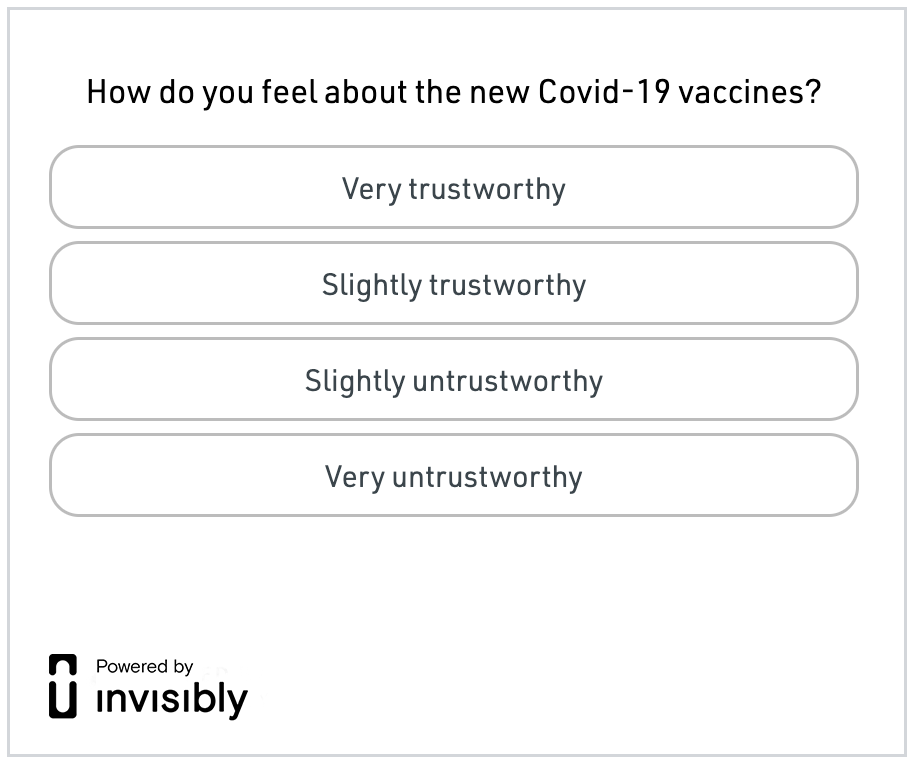
Figure 1. An example of the 300×250 Realtime Research™ survey unit.
Questions are shown to the user on webpages in place of an ad.
,
Results (Survey 2: January 25th-28th)
Our second survey reiterated that Americans are split on their willingness to take a Covid-19 vaccine. However, sentiment towards vaccines got worse. Our results show that out of all the 1251 respondents, 52% of people are either very unlikely or unlikely to take the vaccine which is up 3% from our first survey (Figure 5A). While 93% of people who said they are “very likely” to get the vaccine said they will get it once it is available, only 52% of people who said they were “likely” to get a vaccine said the same (Figure 5B). The rest of the “likely” crowd said they would wait a bit before getting it – along with 32% of the respondents “unlikely” to get a vaccine (Figure 5B). The number one reason people are unlikely to get the vaccine is because they feel it is too new and they want to see how it works (Figure 5C). The second most popular reason was that they were worried about possible side effects (Figure 5C).
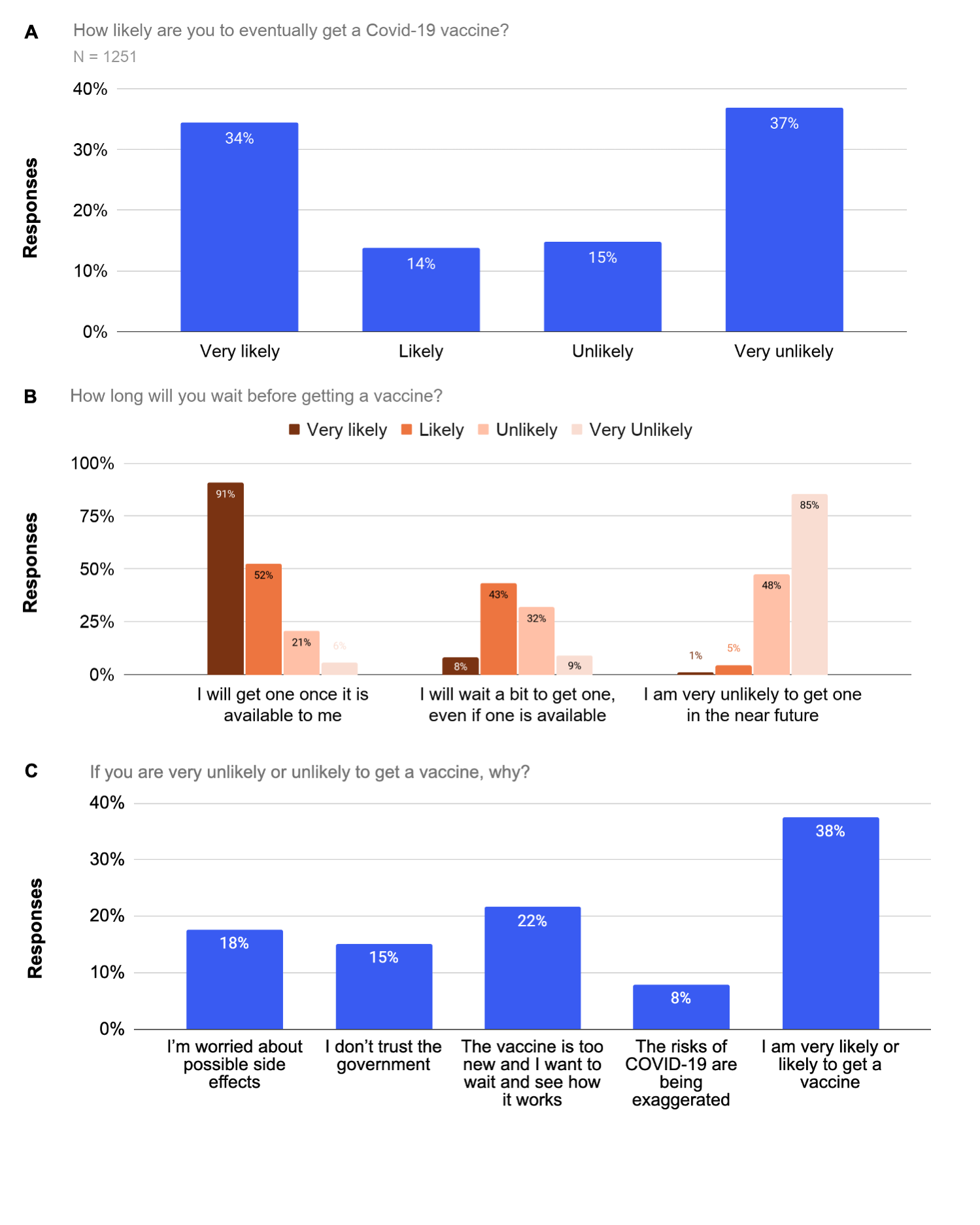
Figure 5. Likelihood of getting a vaccine, how long respondents would wait to get vaccinated, and reasons respondents are unlikely to get vaccinated A. Majority of respondents say they are unlikely to get a vaccine. B. Many users say they will wait a bit to be vaccinated. C. The top reason respondents were unlikely to get a vaccine was because it was too new and they wanted to see how it works.
In what might be the most insightful metric, 57% of all respondent’s claim they don’t know if they are eligible and they don’t know how to get the vaccine (Figure 6A). The majority of both groups of people – those likely to get the vaccine and those unlikely – say they don’t know if they are eligible and they don’t know how to get it (Figure 6B). We also found that those who identify politically as Democrats are significantly more likely to get a vaccine than those who identify as Republicans (Figure 6C). Correlations which remained consistent from our first study is that white respondents are more likely to get a vaccine than respondents of color and respondents over the age of 55 are more likely to get the vaccine than younger respondents.
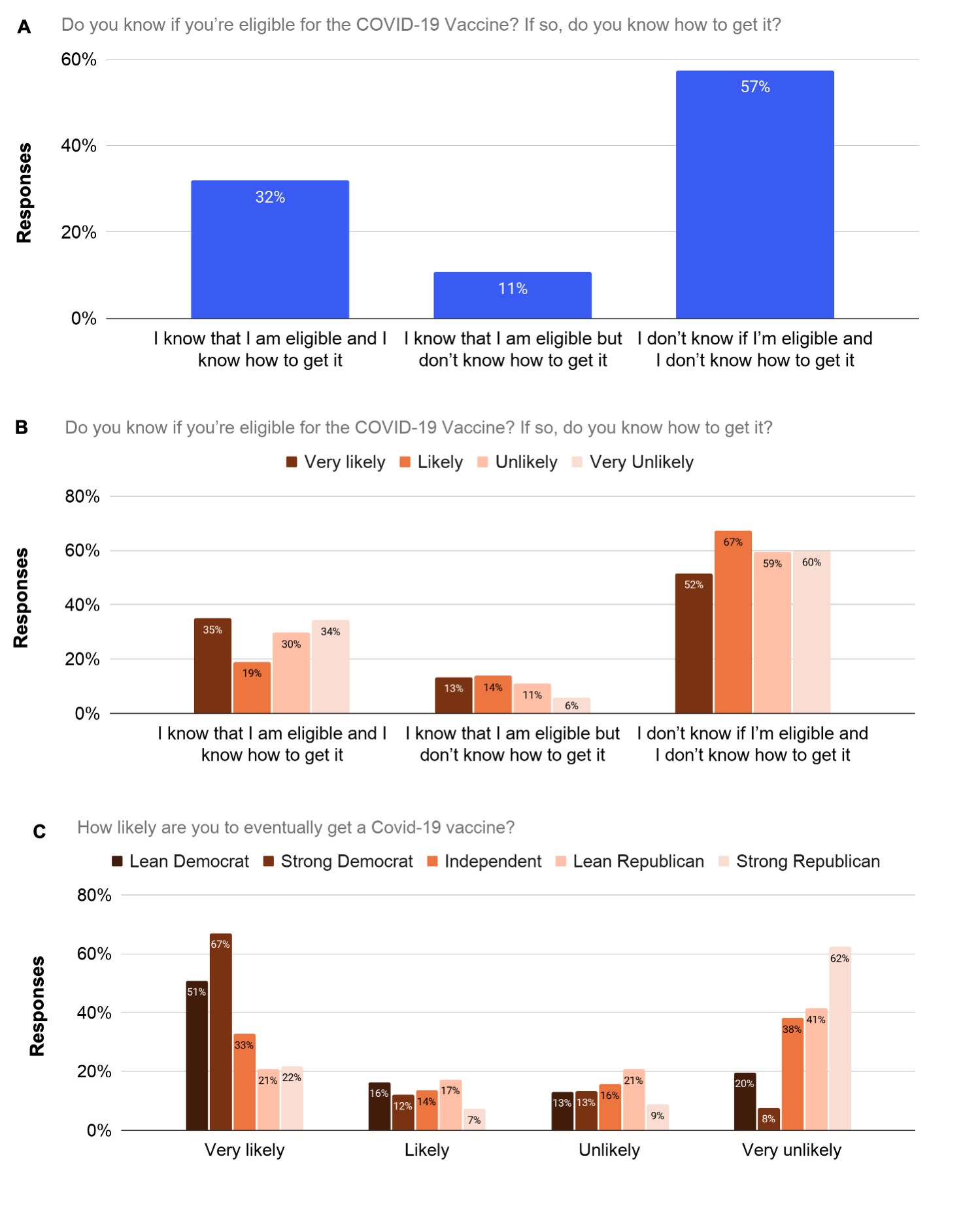 Figure 6. Respondents’ knowledge of eligibility and how to get vaccinated
and likelihood of vaccination by political alignment A. Majority of respondents say they
don’t know if they are eligible and they don’t know how to get vaccinated B. Majority of respondents
who are likely and unlikely to get vaccinated don’t know if they are eligible or how to get
vaccinated. C. Democrats are more likely to get vaccinated than republicans.
Figure 6. Respondents’ knowledge of eligibility and how to get vaccinated
and likelihood of vaccination by political alignment A. Majority of respondents say they
don’t know if they are eligible and they don’t know how to get vaccinated B. Majority of respondents
who are likely and unlikely to get vaccinated don’t know if they are eligible or how to get
vaccinated. C. Democrats are more likely to get vaccinated than republicans.
Results (Survey 1: December 4th-14th)
Americans are split on their willingness to take a Covid-19 vaccine. Our results show that out of all 5,537 respondents, 53% of people are either very likely or likely to get a vaccine when one is available and 47% of people say they are either unlikely or very unlikely to get a vaccine (Figure 2A). Similarly, 56% of respondents find the vaccine trustworthy and 44% find it untrustworthy (Figure 2B). Not surprisingly, we found a correlation between respondent’s trust in the vaccine and their likelihood to get one. Our results show around 81% of those who feel the vaccines are very trustworthy also said they were very likely to get a vaccine and 80% of those who feel the vaccines are very untrustworthy also said they were very unlikely to get a vaccine (Figure 2C). Similarly, most of the respondents who feel the vaccines are slightly trustworthy say they are more likely to get one than not, and most of the respondents who feel the vaccines slightly untrustworthy say they are more unlikely to get one (Figure 2C).
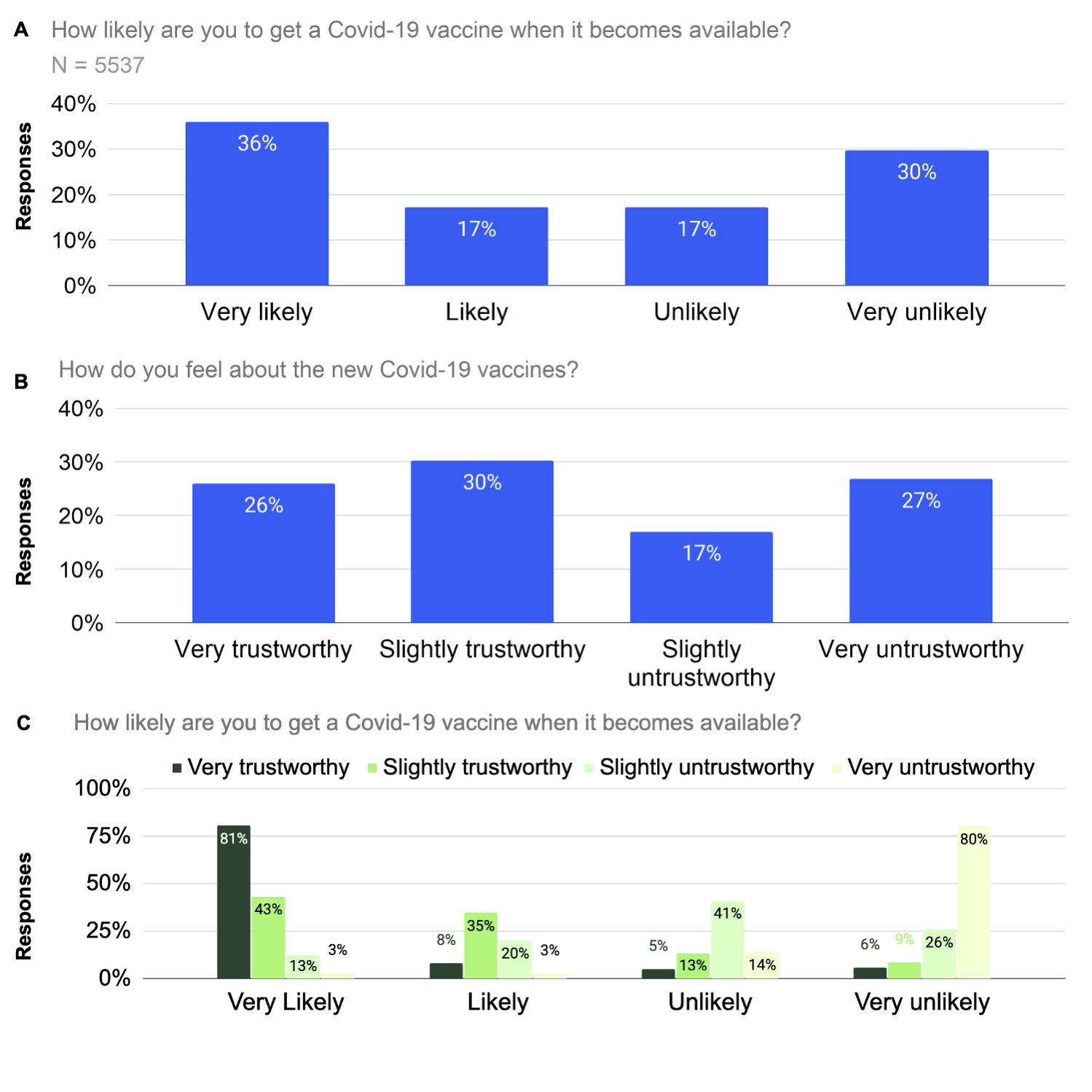
Figure 2. Americans are split on their willingness to take and trust in the Covid-19 vaccines. A. Results from our Realtime Research™ surveys suggest that Americans are only slightly more likely to get a vaccine B. While generally more people trust the vaccine than not, there is a significant population who find the vaccine untrustworthy C. There is a direct correlation between willingness to get a vaccine and trust in the vaccine.
When we looked at the data more granularly by demographic, we found that respondents over the age of 55 were more likely than any other age group to get a vaccine with 67% saying it is very likely or likely they get one (Figure 3A). The second most likely age group to get a vaccine was 18-24 with 58% saying they were very likely or likely to get one (Figure 3A). However, only 47% of respondents ages 25-44 and 50% of ages 45-54 said they were more likely than unlikely to get a vaccine (Figure 3A). Respondents over the age of 55 were also more trusting of the vaccine than all other age groups with 69% of respondents claiming they feel the vaccines are either very trustworthy or slightly trustworthy.
We also found that white respondents said they are more likely to get a vaccine than black and latinx respondents and respondents of other races. Among white respondents, 62% said they are very likely or likely to get a vaccine while only 46% of black respondents, 49% of latinx respondents, and 52% of respondents of other races said the same (Figure 3B). Similarly, white respondents showed a higher level of trust in the vaccines compared to respondents of other races.
We did not find any significant correlations between other demographics (income, gender, and education) and the likelihood of getting a vaccine or trust in the vaccines.
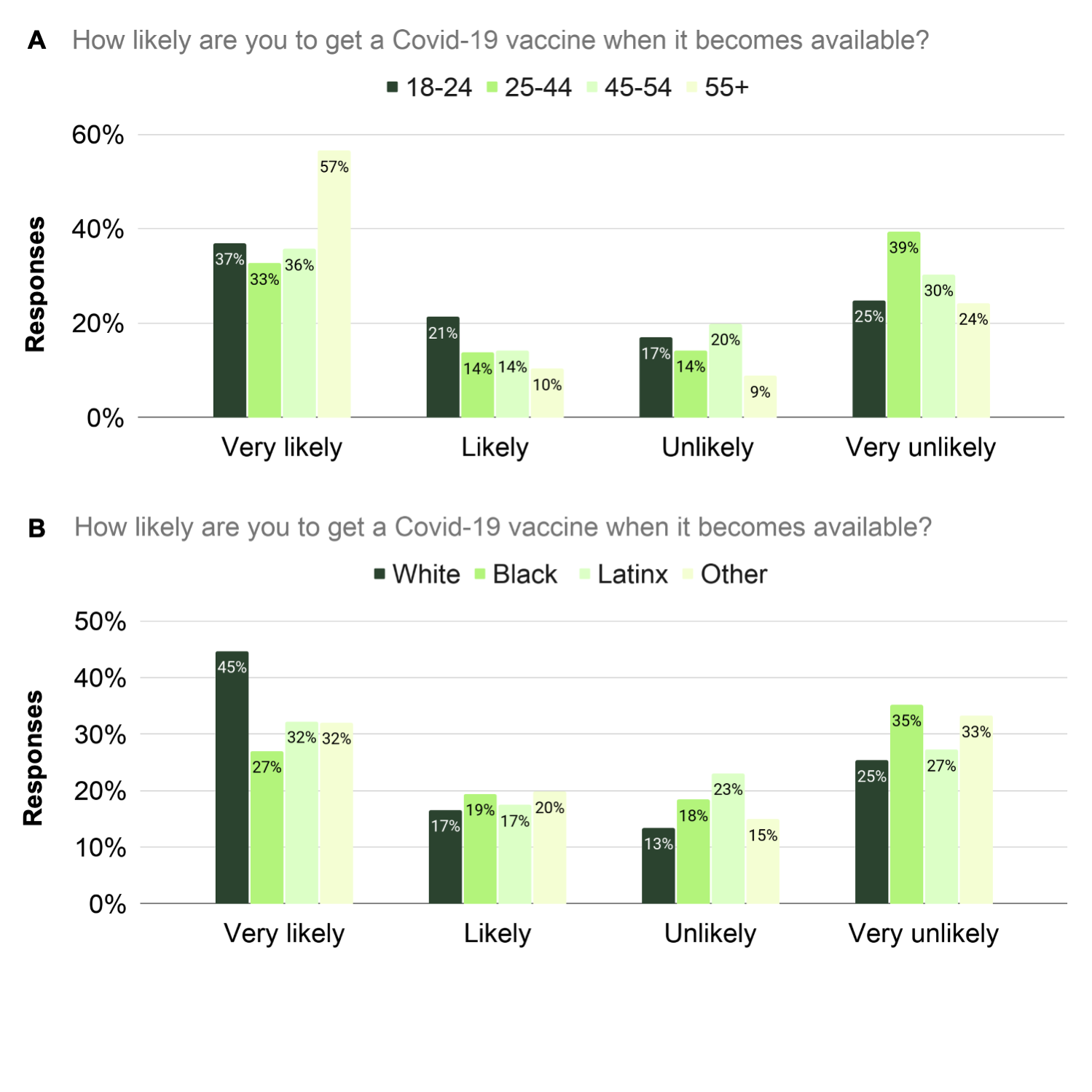
Figure 3. Likelihood of getting a vaccine and trust in vaccines by age group and race A. Results from our Realtime Research™ surveys suggest that Americans 55 and over are more willing to get a vaccine than all other age groups. B. White Americans are more likely to get a vaccine than black Americans, latinx Americans, and Americans of other races.
We also asked Americans a set of questions about returning to pre-pandemic life. Majority of Americans say they will return to pre-pandemic activities once officials say it safe to do so or once most people are vaccinated, as opposed to returning to normalcy immediately after vaccination (Figure 4A). Similarly, 75% of respondents say it is likely they continue wearing a mask after vaccination (Figure 4B). Also, 47% of respondents think that children should be required to be vaccinated before returning to in-person learning (Figure 4C).
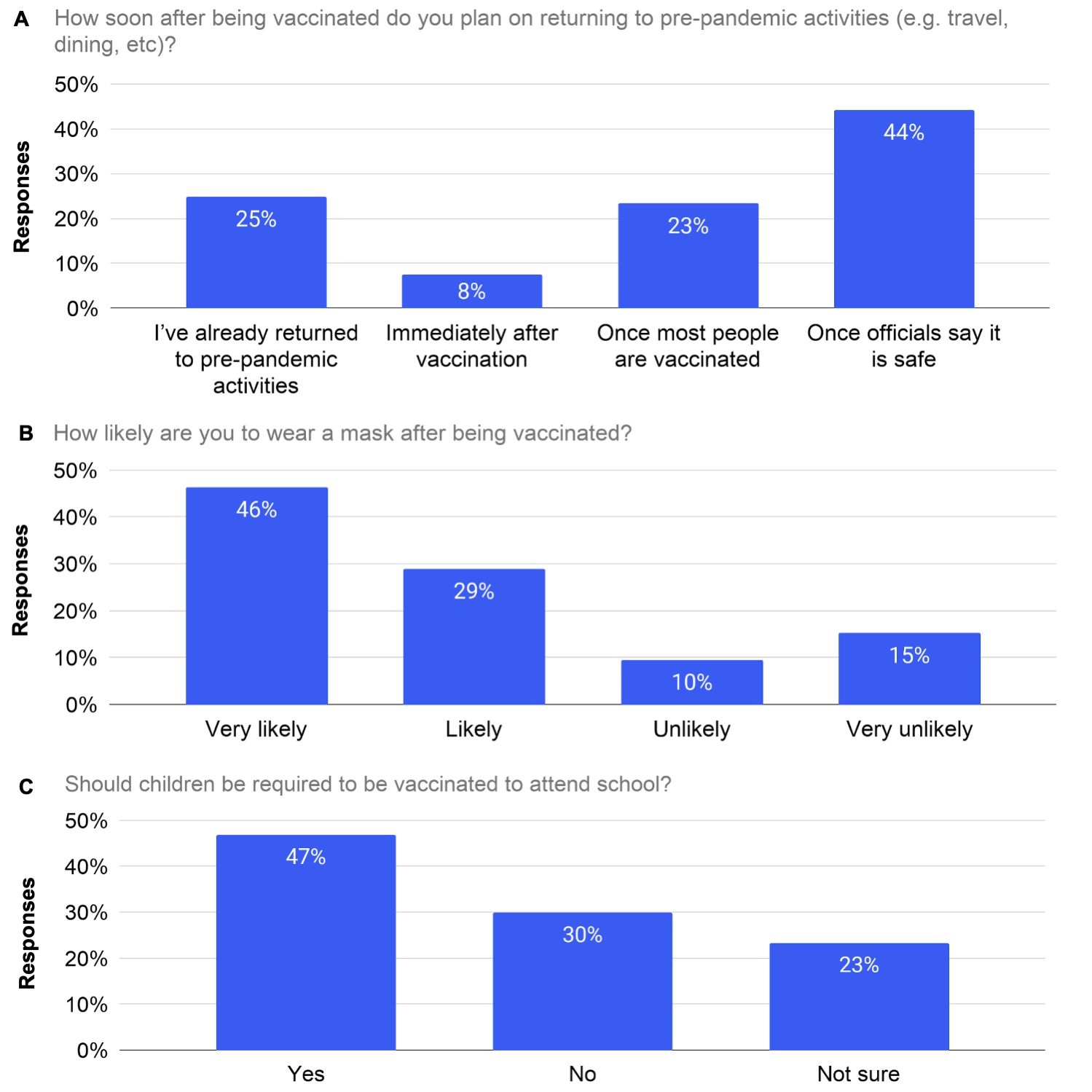
Figure 4. General questions about living in the pandemic. Americans generally trust the CDC, are nervous or neutral about the speed of reopening, used their stimulus check to pay bills, and already have cancelled their summer plans.
Discussion
In our first study, we showed that Americans are divided on their likelihood of getting a Covid-19 vaccine and their trust in the new vaccines. While it appeared in December that there were slightly more people who trusted the vaccines and say they are likely to get one once it is available, there also appeared to be a significant population which distrusts the vaccines and claims they are unlikely to get one even if it is available. In January we saw the number of people who say they are likely to get a vaccine decline by 5%.
However, an equally important metric from our study is that the majority of people do not know if they are eligible for the vaccine or how to get it – which points towards the inefficiencies of the vaccine rollout.
The divides in sentiment towards the vaccine are prominent among age and race demographics with respondents above the age of 55 and white respondents showing a higher likelihood of getting a vaccine and a higher degree of trust in the vaccines overall when compared to other age groups and races. This is not surprising as people 55 and over have significantly more risk for a severe case of Covid-19 than younger populations which could influence them to be more willing to get a vaccine. Pertaining to race, it is possible that Americans of color have lower levels of trust in the vaccine due to a history of mistreatment and maltreatment by the American healthcare system on the basis of race which you can find detailed in this Time magazine article. In addition to age and race, we showed in the second survey that political alignment also has a strong correlation with likelihood of getting vaccinated.
Our panel of questions relating to returning to pre-pandemic life after vaccination revealed that the majority of Americans plan on returning to pre-pandemic activities once officials say it is safe to do so or when most people are vaccinated. However, it is tough to measure when that will be considering our second survey showed that many people who are “likely” to get the vaccine said they will wait a bit before getting vaccinated which could be explained by the fact that the top two reasons people didn’t want to get vaccinated was because it is too new and they wanted to see how it works or because they fear side effects. If the goal is to vaccinate more people more quickly, the hesitancies that the public feels need to be addressed.
We intend these results to provide insight into the pandemic recovery as vaccines start to be rolled out to the general public. We selected these questions to capture a wide snapshot of Americans’ feelings towards the new Covid-19 vaccines, post-vaccination behavior, and gain insight into the opinions of specific demographic groups.

Dr. Don Vaughn, Ph.D.
Dr. Don Vaughn is a neuroscientist, futurist, and communicator. As Head of Product at Invisibly, he is envisioning a better future by enabling people to take control of their personal data. He leverages his understanding of the brain to predict how people will use—and be used by—technology. Since graduating from Stanford, over 1 million people have viewed his TEDx talk. He has been featured on ABC, ESPN, Bloomberg and more.
